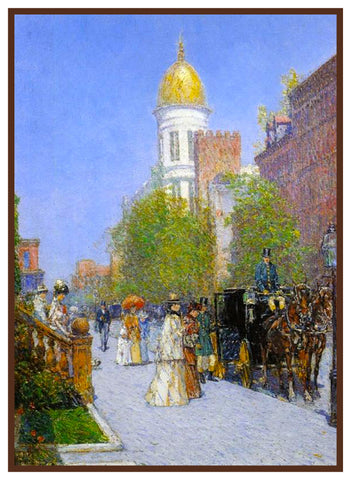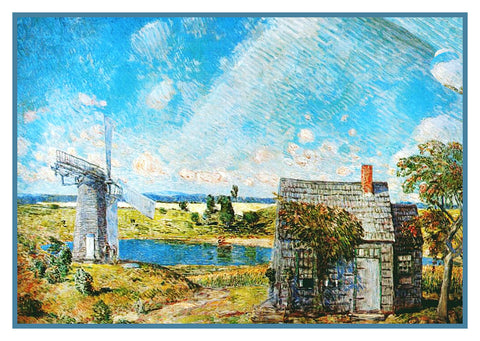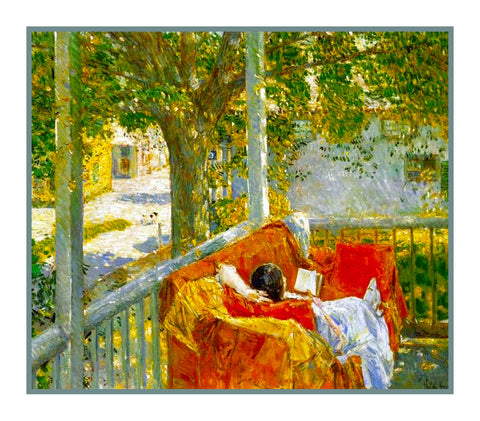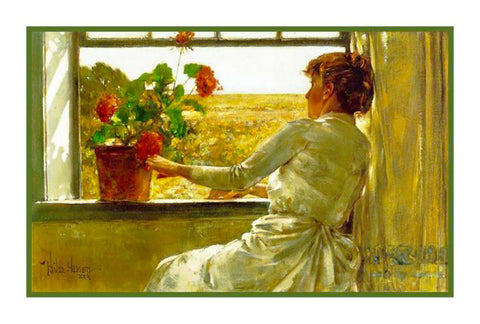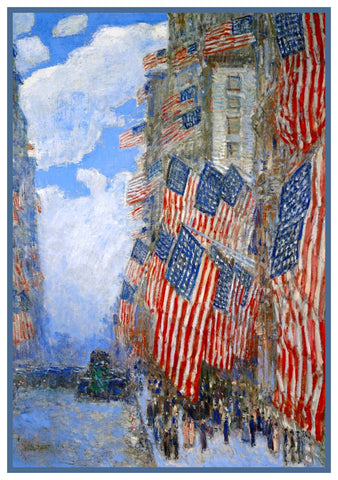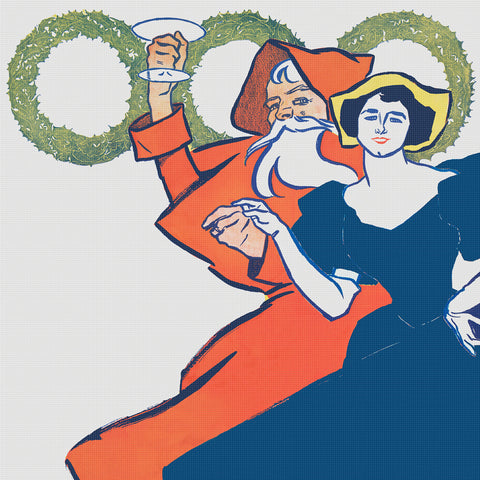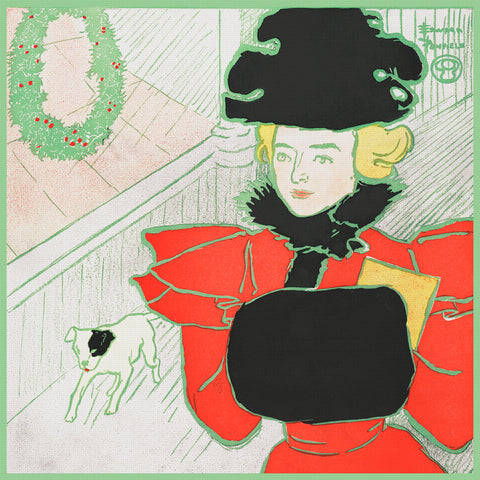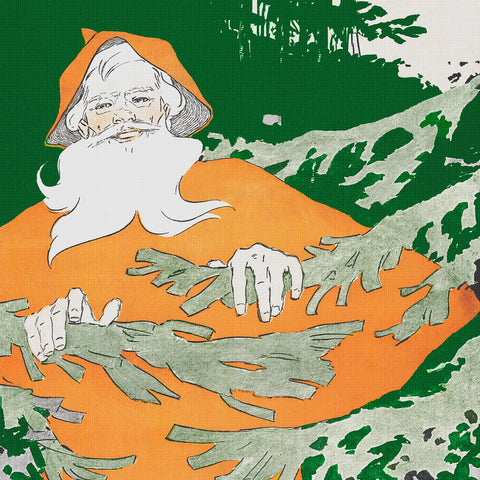- This product is a Digital Download of a COUNTED CROSS STITCH PATTERN. Instructions included.
- This pattern is used to sew and create a cross stitch picture.
- This is NOT a completed product. It is NOT a kit, it is a DIGITAL DOWNLOAD. Floss, fabric, and other supplies are NOT INCLUDED.
- After purchasing you can work from this digital pattern on your device or print the pattern on your own printer.
- The pattern consists of a multi-page enlarged chart that is easy to follow as you work.
- This pattern is in Black and White and uses symbols to differentiate the different threads you will use. It is NOT IN COLOR.
- See the detailed product images attached to this listing showing what you will receive and what the pattern looks like.
- Chart/Patterns use up to 40 colors of floss, which YOU must provide.
- This pattern uses Full Stitches only. No half stitches, and no backstitching necessary.
- Charted for 14 count fabric and DMC Cotton Floss. Finished size is 12 inches (168 Stitches) by 14 inches (196 Stitches).
This chart was Inspired by the art of Edward Burne-Jones. Sir Edward Coley Burne-Jones, 1st Baronet, 1833 - 1898, was a British artist and designer closely associated with the later phase of the Pre-Raphaelite movement, Burne-Jones worked closely with William Morris on a wide range of decorative arts as a founding partner in Morris, Marshall, Faulkner, and Company. Burne-Jones was closely involved in the rejuvenation of the tradition of stained glass art in England. Burne-Jones's early paintings show the heavy inspiration of Dante Gabriel Rossetti, but by the 1860s Burne-Jones discovered his own artistic "voice". In 1877, he was persuaded to show eight oil paintings at the Grosvenor Gallery. These included The Beguiling of Merlin. The timing was right, and he was taken up as a star of the new Aesthetic Movement. In addition to painting and stained glass, Burne-Jones worked in a variety of crafts; including designing ceramic tiles, jewelry, tapestries, mosaics and book illustration, most famously designing woodcuts for the Kelmscott Press's Chaucer in 1896.


![[product_title] - Orenco Originals LLC Counted Cross Stitch](http://www.orencooriginals.net/cdn/shop/products/BurnesJones001a12x14an_angel_playing_a_flageoletblwhtSTITCHED_ad7bf701-6687-484c-8a67-88f53b243cc2_1024x1024.jpg?v=1599024695)
![[product_title] - Orenco Originals LLC Counted Cross Stitch](http://www.orencooriginals.net/cdn/shop/products/BurnesJones001a12x14an_angel_playing_a_flageoletblwhtSTITCHED_ad7bf701-6687-484c-8a67-88f53b243cc2_medium.jpg?v=1599024695)
![[product_title] - Orenco Originals LLC Counted Cross Stitch](http://www.orencooriginals.net/cdn/shop/products/horizontalEbayServicesMay2018_-_Copy_-_Copy_3f74b067-dc31-4202-9148-4d20372deaab_medium.jpg?v=1599024695)
![[product_title] - Orenco Originals LLC Counted Cross Stitch](http://www.orencooriginals.net/cdn/shop/products/whats_inside_a_package_-_Copy_-_Copy_-_Copy_0aaf2429-0e6a-4eba-a1d1-3f1933f3b0f3_medium.jpg?v=1594581997)
![[product_title] - Orenco Originals LLC Counted Cross Stitch](http://www.orencooriginals.net/cdn/shop/products/whatyouwillreceiveUSE_-_Copy_-_Copy_-_Copy_-_Copy_-_Copy_f94aa0c0-bdb3-49a7-a9b2-878470c44694_medium.jpg?v=1599024695)
![[product_title] - Orenco Originals LLC Counted Cross Stitch](http://www.orencooriginals.net/cdn/shop/products/ChartExample_-_Copy_-_Copy_-_Copy_-_Copy_14b6a503-5171-4a00-b06d-a99f6d43d792_medium.jpg?v=1594581997)
